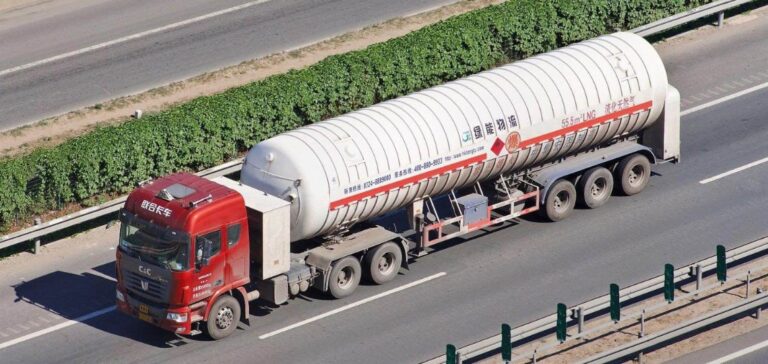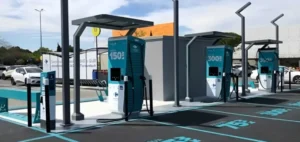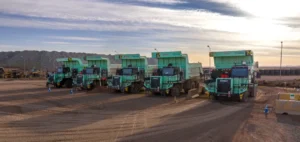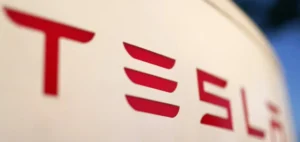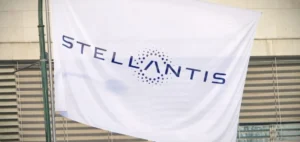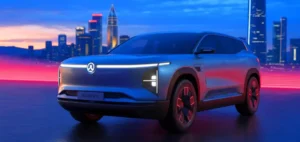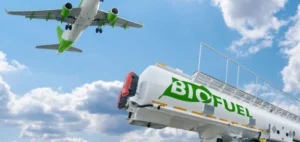China is witnessing a notable transformation in its heavy-duty road transport sector, with a significant increase in sales of trucks powered by liquefied natural gas (LNG).
By 2023, these sales had climbed to represent around 30% of the market, compared with less than 10% previously.
This transition has led to a reduction in road diesel demand of over 220,000 barrels per day.
Several factors explain this transition.
Government policies aim to promote the use of LNG trucks and restrict diesel trucks to reduce air pollution and carbon emissions.
In addition, falling natural gas prices make LNG trucks economically attractive for companies.
Impact on the commercial vehicle fleet
China’s commercial vehicle fleet includes more than 8.76 million heavy-duty trucks in 2023.
Sales of diesel trucks peak in 2021 before declining, allowing LNG trucks to account for over 9% of the heavy-duty truck fleet in 2024.
LNG trucks are particularly well suited to medium- and long-distance intercity freight transport.
Advantages of LNG Trucks
LNG trucks offer significant environmental and economic advantages over diesel trucks.
Natural gas is a cleaner fuel, reducing sulfur and particulate emissions, which improves engine life and performance.
Favorable pricing conditions, with a widening gap between the price of LNG and that of diesel, have boosted the attractiveness of LNG trucks.
LNG Market Outlook
However, this trend towards more LNG trucks may not last beyond the current decade.
Advances in battery technology should make electric vehicles the main competitors to diesel in the long term.
Diesel demand for road transport is forecast to fall from 2.3 million barrels per day in 2023 to 0.7 million barrels per day by 2050.
LNG trucks are therefore seen as a transitional solution.
To meet future market requirements and environmental standards, investment in electric or hydrogen fuel cell trucks will be crucial, offering a long-term competitive advantage.


